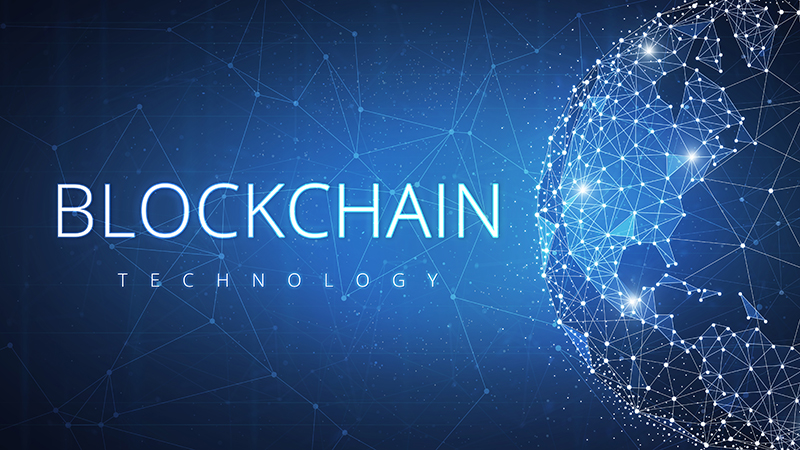A blockchain is a common database, ledger, or database of financial transactions that are saved on multiple computers in different locations. The database grows constantly when new transactions or “blocks” are added to it. This forms a continuous chain of data where records are public and verifiable. Since there is no central location, it is difficult to penetrate the information found in the millions of different locations of the blockchain.
What is blockchain technology and how has it changed the financing game?
There are three main technologies that combine together to create a key chain. These include encryption of the private key, the distribution network with a shared logbook and an incentive to keep network transactions and record-keeping in safety. These combine to make blockchain technology a decentralized, transparent, and immutable system.
- Decentralization
Most of the traditional forms of payments are centralized. For example, your bank stores your money and to pay someone else’s money you have to go and do it through the bank. This has several weaknesses:
All data is stored in one place which makes it an easy target for hackers.
If the central entity shuts down or becomes bankrupt, no one will be able to access the information in its possession.
In a decentralized system, such as one built with blockchain technology, information is not stored by just one entity. Everyone in the network owns the information and can access the history of transactions but cannot change it. This stability is another fundamental pillar of blockchain technology.
- Stability
Once something is entered into the blockchain it cannot be tampered with. There is no feasible way to manipulate the blocks. This is because the underlying technology uses cryptographic hash. In the context of payments, this means that transactions are taken as inputs and triggered by a hash algorithm that gives them an output of fixed length and fixed size. This means that each hash can define a very large set of mathematical operations or a series of data.
- Transparency
Perhaps the most interesting aspect of blockchain technology is the fact that it provides a high level of transparency and privacy at the same time. The user’s identity is hidden behind complex encryption and can only be identified by their public address.
At the same time, while the user’s identity is secure, you can still see all the transactions that took place on their public address. There is no such level of transparency in the current financial system, which is why blockchain technology is changing the field of finance as we will discuss later in this article.
How does blockchain work?
Let’s say John wanted to send money to Sam using blockchain technology, this online transaction would be represented as a block. This block will be distributed across the blockchain, which is a
special type of peer-to-peer network where the workload is divided among the participants instead of a single central server.
Once the network validates the transaction, the block is added to the chain and reconciled across the network, creating a permanent record. Muhammad registers ownership of the money and then moves to Jamil. In essence, this technology helps to cut out the middlemen but with complete transparency and privacy.
Explaining blockchain in the real world
One of the first real uses of this technology was in cryptocurrencies like Bitcoin and Ethereum. This is due to the fact that technology allows digital information to be distributed and not copied, which means that each piece of data can have only one owner which is essential when dealing with payments; In fact, the digital ledger.
Smart contracts:
It is one of the most popular applications for blockchain technology, as smart contracts are generally used to complete business operations, payments and financial transfers, and through smart contracts you can automatically pay your electricity bill as soon as your electricity consumption reaches a certain amount, and the transaction will be sent securely to the company To verify a blockchain transaction.
Blockchain features
Although it is just a new way to organize records, it at the same time provides many advantages for users:
Very safe method:
With the spread of hackers and internet thieves at the present time, it has become very necessary to think about data protection, and perhaps the most prominent advantages of blockchain are security and high reliability, because the data that is transferred using blockchain is encrypted before it is sent or transferred from one place to another, which It makes it more secure than normal passwords and username protections.
Easily accessible decentralized method:
Blockchain technology is also characterized by lack of centralization, i.e., most blockchain operations, from buying, selling and trading, depend on a set of predetermined conditions between the parties, and are not subject to any kind of censorship, and they do not need the presence of any intermediary, as it is a completely digital process and it is visible to everyone. Transparent whoever can see it.
Very fast method:
Manual data entry is considered a very tedious process, but using blockchain all this information is stored and verified when obtained directly, as for the speed, it appears clearly within the blockchain technology, as there is no need for third party verification, because all the information necessary to complete the process Buying or selling is included directly.
Blockchain applications:
The purpose of blockchain technology in 2008 was to introduce the first cryptocurrency, but it turns out to have invaluable potential for applications in many and varied fields such as financial services, property records, medical records, and government services. Despite the growing global interest in blockchain technology; However, its reach in the financial sector is still limited.
When it comes to the financial sector, we find that there are some general and specific challenges that hinder the widespread use of the distributed record technology, which is the core of blockchain technology. The great challenge is the nature of the financial industry itself, which is largely managed by the legal, regulatory and institutional frameworks and requirements that emerged in the wake of the global financial crisis a decade ago.
According to the World Bank, cell phone payments and blockchain-based solutions alone can generate bank revenues of about $ 380 billion by 2020. In recent years, Arab governments have paid increasing attention to blockchain technology and its use as a tool for digital transformation; It has been seen as an engine of economic diversification and has become at the top of the strategic agendas of many countries in the region. The blockchain market is expected to more than double in the Middle East and North Africa region by 2021.





